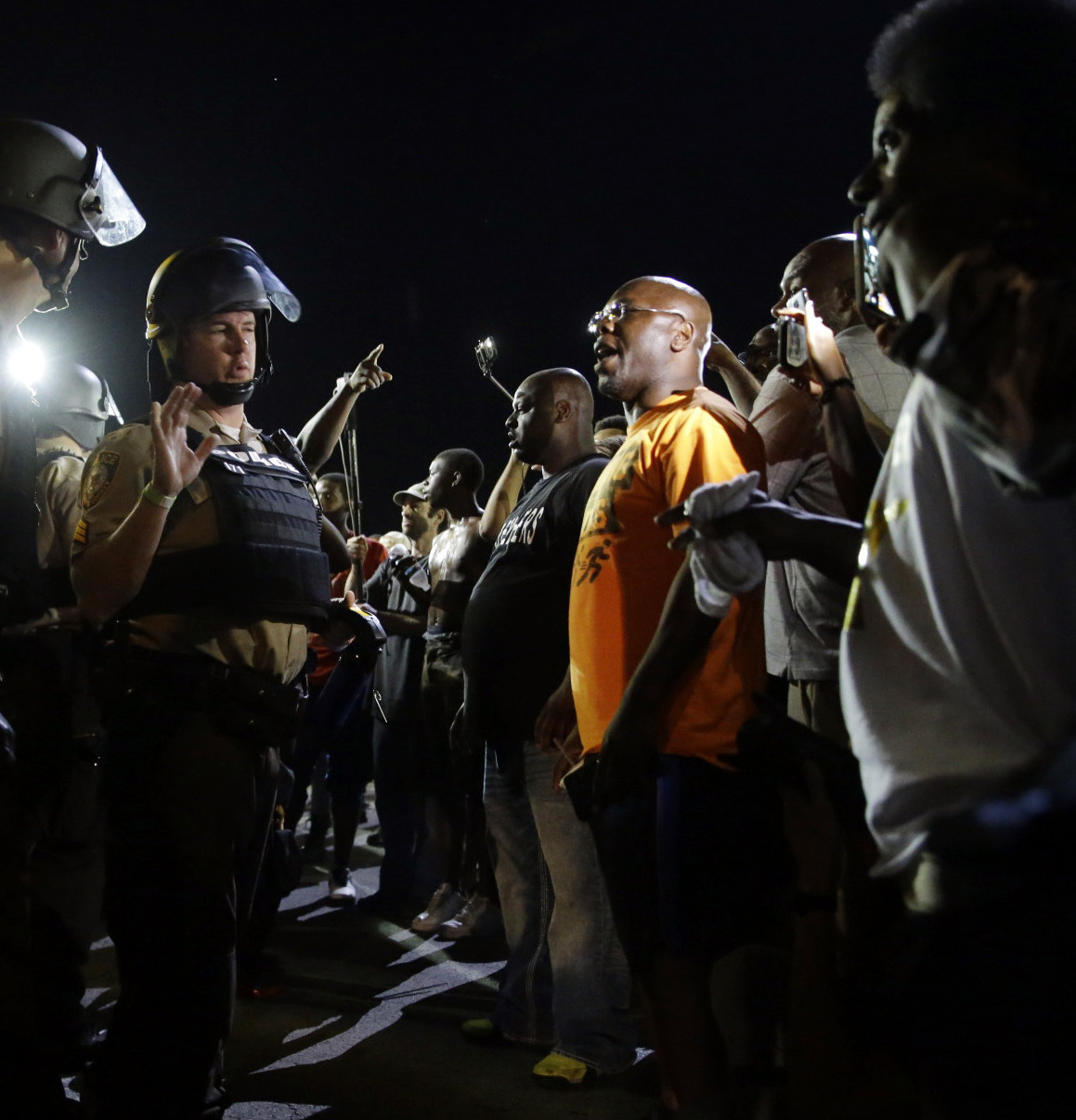What could Ferguson learn from Watts, 50 years later?
A roadside argument escalated into a physical struggle, attracting the attention of angry bystanders and inciting a five-day riot against police discrimination that resulted in 34 deaths and more than 1,000 injuries. Fifty years after the Watts riots, a glance at the state of police relations in predominantly black communities across the country would suggest that not much has changed. A recent focus on racially biased policing has led to violent rioting in Baltimore, New York, and Ferguson, Mo., and inspired the national Black Lives Matter movement. According to a 2015 Gallup poll, Americans’ confidence in the police today is the lowest it has been in 22 years: An all-time low of 18 percent of citizens report having little to no confidence in the police.
The relationship back then, it was hostile. There was mutual disrespect. There was mutual fear.
LAPD Capt. Phillip Tingirides
But while mistrust of law enforcement grows in the rest of the country, the reverse is slowly occurring in Watts, thanks to recent efforts on improving police-community relations. Today community leaders say the neighborhood’s relationship with the police is the best it has ever been, and violent crime rates have seen a dramatic decrease in recent years. This may be due to programs like the new Community Safety Partnership, in which officers patrol high-crime areas by foot but also serve as mentors for the children living there by coaching youth football and track teams, organizing field trips and assisting with schoolwork. Despite these improvements, Watts is by no means a utopia of racial harmony, but community leaders and local officers agree that another riot on the same scale as 1965’s is unlikely.
There’s a sense of maturity here; the neighborhood has been through all this before, and the transformation has happened. There’s a true relationship — you see a problem, and you talk about it.
Nina Revoyr of the Children’s Institute in Watts, to the New York Times

Americas watts